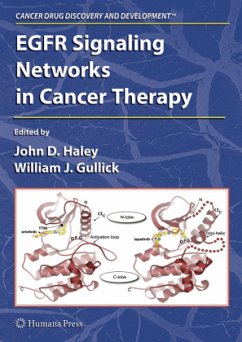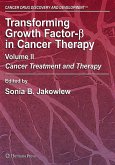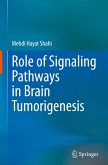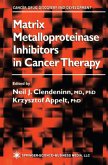The epidermal gro wth factor (EGF ) receptor and its downstream signal transduction networks have been implicated in the ontology and maintenance of tumor tissues, which has motivated the discovery and development of molecularly targeted anti-EGF receptor therapies. Over decades of study, the EGF receptor structure, its ligand binding domains, the physical biochemistry underlying its intrinsic tyrosine kinase catalytic function and the modular interactions with SH2, PTB, and SH3 domain containing signaling adaptor p- teins required for signal transduction, have been extensively dissected. Not only is the EGF receptor the nexus of many streams of information, but it also forms one part of a calcul- ing device by forming dimers and oligomers with the other three receptors in its family in response to at least eleven ligands (some of which are expressed in multiple forms with overlapping or quite distinct functions). This phenomenon, while recruiting to the inner surface of the cellmembrane and activating multiple second messenger proteins, also allows the possibility of cross talk between these systems, permitting a further layer of information to be exchanged. Less well described are the cross re gulation of the EGF receptor and other anti-apoptotic, mitogenic and metabolic signaling systems. The study of these systems has yielded new surprises. One hurdle in these efforts has been that signal transduction pathways have frequently been defined in the generic absence of their tissue-specific or cell-interaction specific context.
From the reviews:
"This book describes the state of EGFR antagonist development and treatment modalities.... This will be of interest to those in academic research studying EGFR signaling and/or cancer. ... This is an excellent reference for those focused on a particular aspect of EGFR signaling who are looking for a concise review. This is a timely review of an increasingly complex area of study." (James P. Luyendyk, Doody's Review Service, January, 2009)
"This book bridges the basic and clinical progress in EGFR network in cancer therapy over 40 years of EGFR research. Due to the contributors' basic science and clinical backgrounds, the book is ... best suited for basic scientists, translational scientists, and oncologists who engage in EGFR associated research and clinical therapy at various levels. The book provides a comprehensive EGFR resource for researchers not only in basic biological fields but also in preclinical and clinical therapy ... ." (Guolin Zhang and Eric B. Haura, Cancer Control, Vol. 16 (4), October, 2009)
"This book is a collection of articles from different authors organized into two sections. ... a good and useful book for any medicinal chemist working in this field ... . all chapters are well written, clear, and rather agreeable to read. ... easily understood by even an inexperienced reader. ... a useful introduction to the role of EGFR signaling networks in a large number of tumors for novice researchers, but it could also be considered in some way a reference text for more experienced ones." (Adriano Martinelli, ChemBioChem, Vol. 5, 2010)
"This book describes the state of EGFR antagonist development and treatment modalities.... This will be of interest to those in academic research studying EGFR signaling and/or cancer. ... This is an excellent reference for those focused on a particular aspect of EGFR signaling who are looking for a concise review. This is a timely review of an increasingly complex area of study." (James P. Luyendyk, Doody's Review Service, January, 2009)
"This book bridges the basic and clinical progress in EGFR network in cancer therapy over 40 years of EGFR research. Due to the contributors' basic science and clinical backgrounds, the book is ... best suited for basic scientists, translational scientists, and oncologists who engage in EGFR associated research and clinical therapy at various levels. The book provides a comprehensive EGFR resource for researchers not only in basic biological fields but also in preclinical and clinical therapy ... ." (Guolin Zhang and Eric B. Haura, Cancer Control, Vol. 16 (4), October, 2009)
"This book is a collection of articles from different authors organized into two sections. ... a good and useful book for any medicinal chemist working in this field ... . all chapters are well written, clear, and rather agreeable to read. ... easily understood by even an inexperienced reader. ... a useful introduction to the role of EGFR signaling networks in a large number of tumors for novice researchers, but it could also be considered in some way a reference text for more experienced ones." (Adriano Martinelli, ChemBioChem, Vol. 5, 2010)








